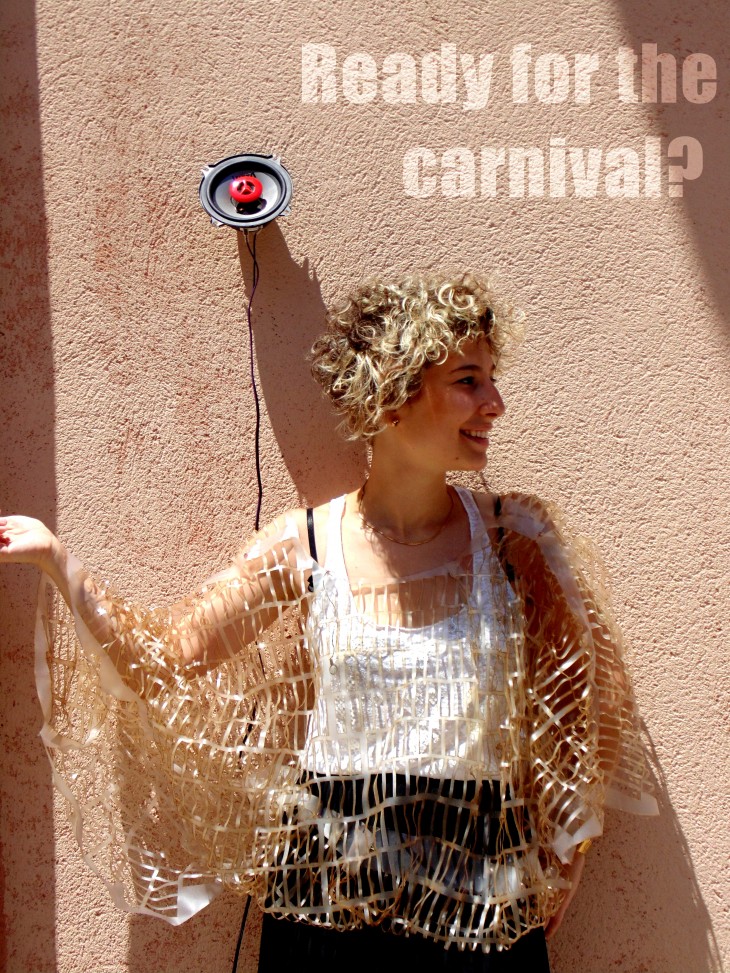
And this is another post that continues the story of those PVC outfits..
Pages
Categories
Archives
So, this is interesting: I came across several studies that analyse the effect of different emf radiations on plants in different stages of their growth. Microwaves are also part of which, so I decided to put on my sensor and go for an RF walk! This is the beta version of the sensor. It looks incredibly rough and ugly, but still small in size and works fine.

Read More
So, finally, the sensor now works (when the schematic reads 47Ohms, we should place 47 Ohms. Not 49 Ohms, because 2 Ohms, can do a lot, you know!). I also decided to use the most basic and simple loop and biquad antenna, after a few tests with wire thickness, seems that 1.5 is the one that works. I did a few tests to see how we can translate this data to other medium, I tried lights:
The behaviour is very straight forward: Each +byte has a color, so 1 byte increase is yellow, 2 bytes is green, 3 bytes is orange, and anything above 3 is red. This is a GSM antenna at 900Mhz and the video is taken by a mobile camera, so the closer the shot, the more red and orange the colors tend to be.
Using the same logic as the lights video, this one makes different tones based on previous reading. You can hear the difference when the phone camera comes close. No?
This is a 33cm GSM loop antenna for 900 MHz. Wire thickness is 1.5mm (less than that doesn’t work!)
Well, am not a huge fan of data visualization, but it is always cool to try. So, in the video below, using Mozzi library, am building tones while using the data input from the sensor to control modulation speed. The same data is used to control hue colors in this cool visualization _this is a manipulation of an already manipulated SinWave code by Daniel Shiffman_
The window on the right is an oscilloscope simulator, connected directly to pwm output to get better data around variations in the built tone.
Turn volume low, because this is loud and strange. Enjoy!
//Please don’t share on front page ![]()
So I while investigating more antenna options and optimizations, am building an output prototype. First am experiencing with materials. I created a mesh of PVC sheet using the laser cutter. I like the texture and the feel and how it resembles am emf field volume, however I need to bleach it and I probably need to multi-layer it, add more volume and define a different outline.